Steer Smooth, Drive True—Know When Your Car Is Asking for Help!
Is your car acting strange lately? Maybe it’s pulling to one side, or your steering wheel feels off. These little signs might seem minor, but they could point to bigger problems. That’s why it’s important to know the difference between wheel alignment and suspension issues. Although both affect how your car drives, they don’t always show the same signs. Fortunately, there are easy ways to spot the difference. In this blog, you’ll learn how to tell what your car really needs. So before things get worse—or more expensive—read on and stay ahead of any trouble on the road.
What’s the Difference Between Wheel Alignment and Suspension?
Many drivers get confused. Is it your wheel alignment? Or is it your suspension?
Wheel alignment is about the angle of your tires. If your tires point in the wrong direction, your car won’t drive straight.
Suspension is about how your car handles bumps and keeps you steady. It includes shocks, struts, springs, and other parts.
Both systems work together. But they have different signs when something goes wrong.
Your Car Is Pulling to One Side
If your steering wheel is straight, your car should drive straight. But sometimes, it doesn’t.
If your car pulls to the left or right while you’re driving, that’s a big sign.
This might mean:
- Your wheels are misaligned.
- Your suspension is worn out.
Either way, it’s not safe. Pulling makes your steering harder. Also, it wears your tires unevenly.
You Feel Vibrations in the Steering Wheel
When you drive on a smooth road, your steering wheel should feel calm.
If it vibrates, shakes, or buzzes, something’s off.
Possible reasons:
- A tire may be out of alignment.
- A suspension part may be loose.
- A tire might be unbalanced.
If the shaking gets worse as you speed up, don’t wait. Get it checked soon.
You Notice Uneven Tire Wear
Your tires provide valuable information. If one tire is bald on the inside or outside, it’s a clue.
What to look for:
- More wear on one side of a tire.
- Choppy patterns.
- One tire is wearing out faster than others.
This can mean your wheels are tilted too far in or out.
Mechanics call this camber. Misalignment causes camber issues.
Pro Tip from the Garage
Check your tire tread every month. Catching wear early can save you from bigger problems down the road. – Mike J., ASE-Certified Mechanic
Your Ride Feels Rough or Bouncy
Suspension helps your car handle bumps. If it feels like you’re bouncing too much, that’s not normal.
Watch out for these signs:
- Your car dips when you brake.
- It leans too much on turns.
- You feel every small bump.
Bad shocks or struts could be the reason. They may be worn or leaking fluid.
You Hear Clunks, Knocks, or Squeaks
Strange sounds are never good. Your car should be mostly quiet when driving.
But if you hear:
- Clunks when going over bumps
- Knocks when turning
- Squeaks when stopping
It could be loose or broken suspension parts.
Bushings, ball joints, or control arms may be worn. Thus, driving with broken suspension parts is dangerous.
Callout: Don’t Ignore That Sound
Suspension noises usually mean something’s broken or worn. Get it checked right away before more parts break. – Samantha G., Auto Technician
Your Steering Wheel Feels Off-Center
While driving straight, your wheel should be centered.
If it tilts even when the car goes straight, your alignment may be off.
This is often easy to fix with a quick alignment adjustment.
But if left alone, it can cause:
- Bad handling
- Faster tire wear
- Poor fuel economy
So, don’t ignore a crooked steering wheel.
You’ve Hit a Pothole
Even a small bump can mess things up. Potholes and curbs hit your wheels hard.
After a big bump, check your car for:
- Pulling to one side
- New noises
- Rougher ride
Moreover, sometimes the damage isn’t instant. But it builds up over time.
So, keep track of when you hit something hard. Let your mechanic know when you go in.
Your Car Bounces After a Push Test
Want a simple test at home?
Here’s how:
- Go to one corner of your parked car.
- Push down hard on the hood or trunk.
- And, let go and watch.
If the car bounces more than 2-3 times, your shocks may be worn.
This doesn’t replace a full inspection. But it’s a quick way to check.
Handy Reminder
Suspension doesn’t just keep things comfy. It also keeps your tires on the ground—and that keeps you safe. – Brian L., Auto Safety Educator
You’ve Driven Over 50,000 Miles Without Service
Most parts wear out over time. Shocks and struts usually last 50,000 to 100,000 miles.
But roads, driving habits, and weather can wear them faster.
If it’s been a while since your last checkup, get one soon.
Routine service can prevent expensive repairs later. And it keeps your car running right. Drive Smart. Listen to Your Car. It Knows When Something’s Wrong.






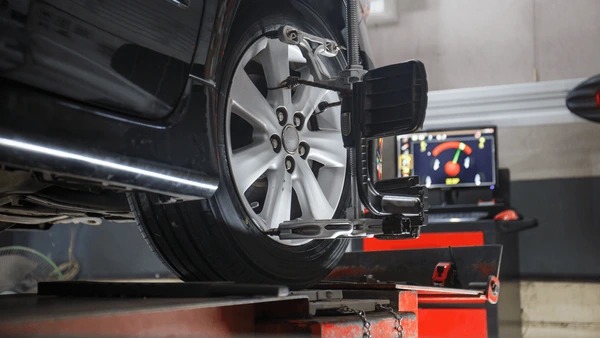






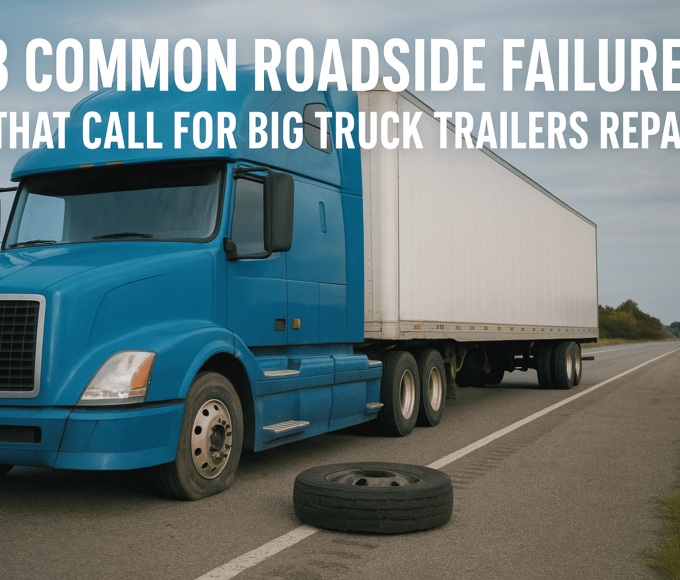
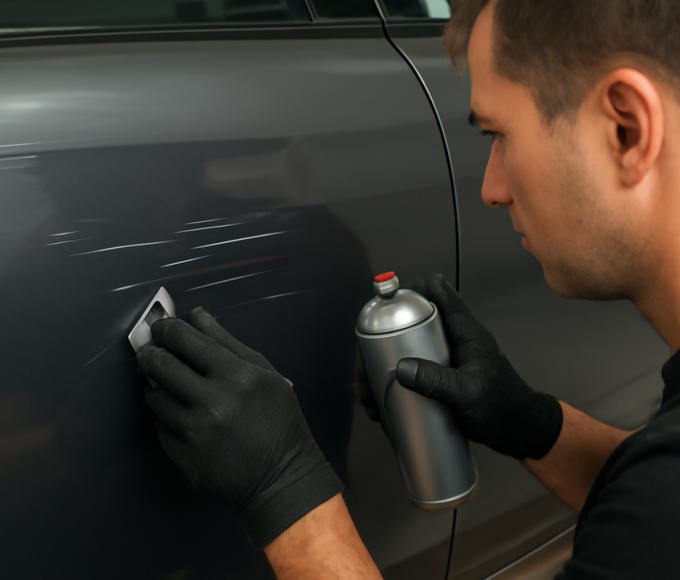
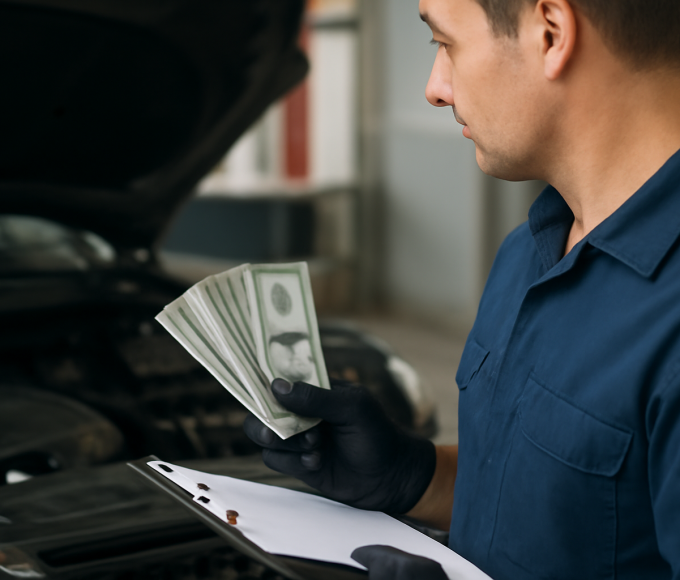
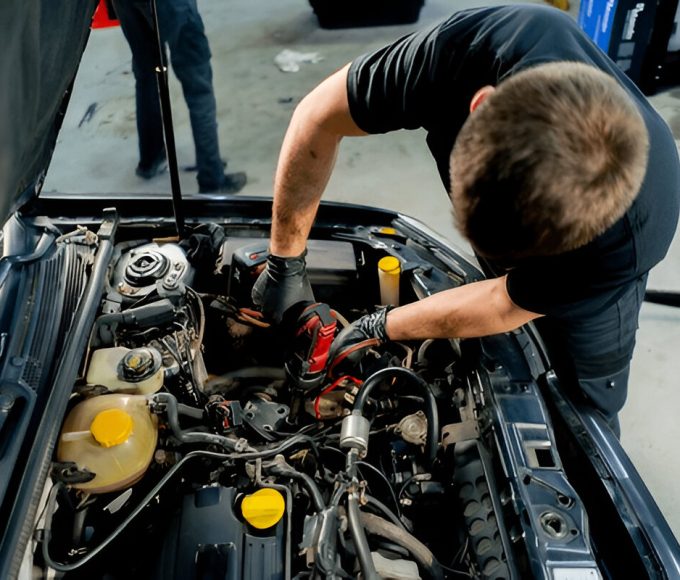
Leave a comment